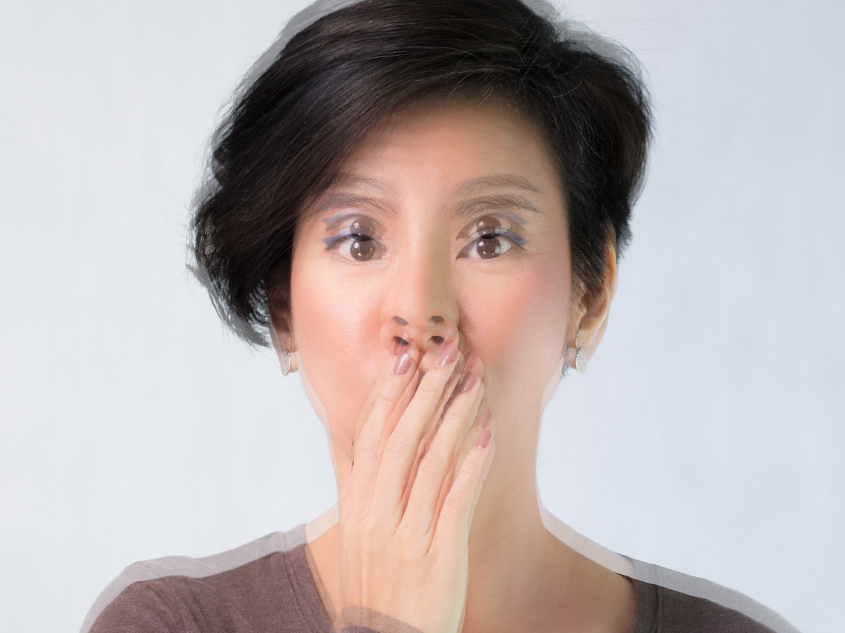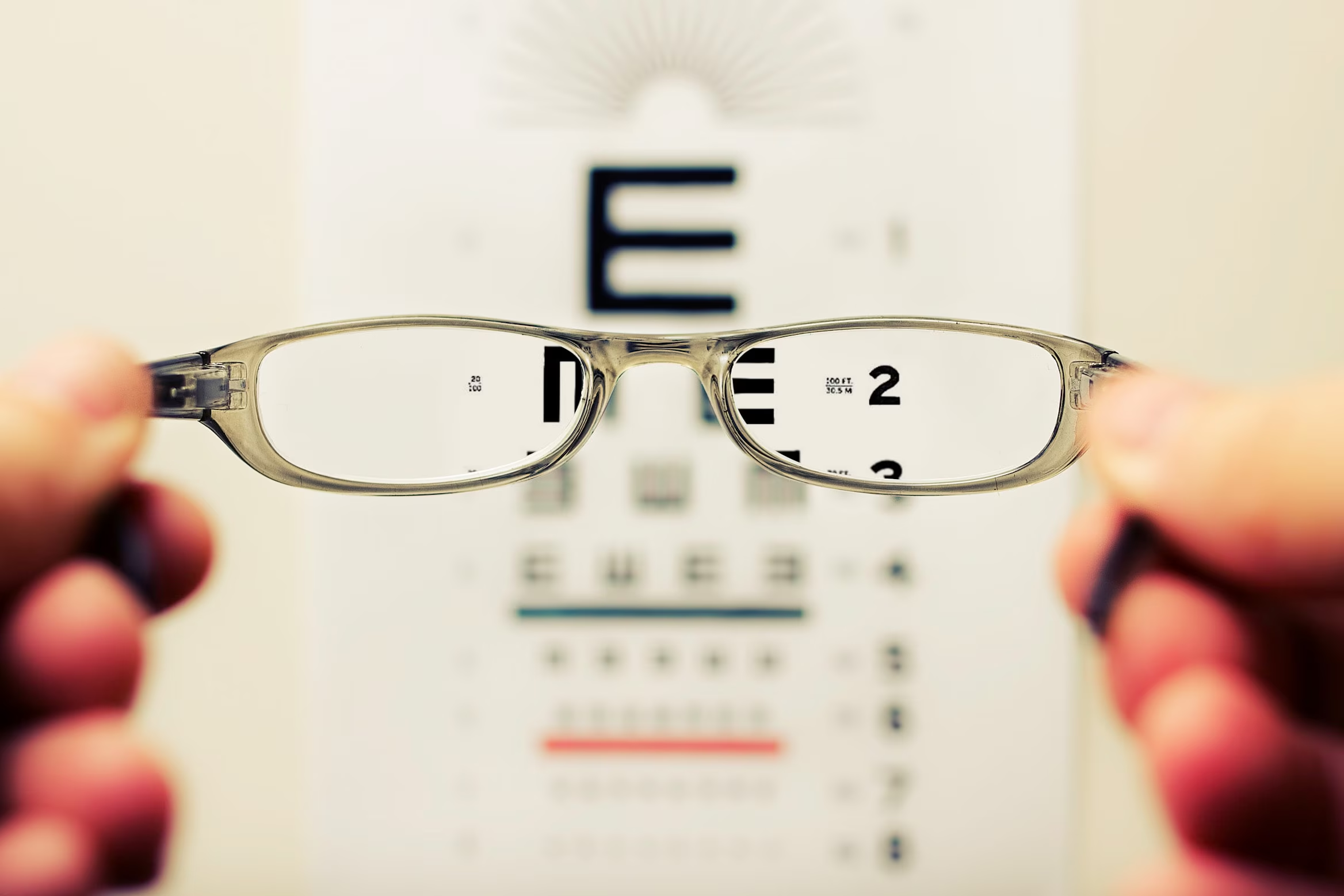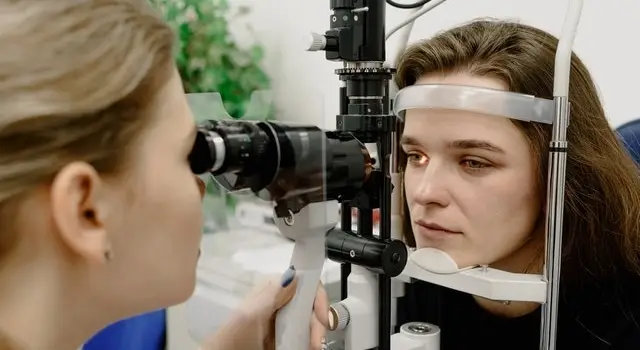Visual Processing Disorder: The Basics
Visual processing disorder (VPD) is a term used to describe deficits in how the brain processes information. It is not a problem with how the eyes receive information. Often, people with VPD see clearly but have problems making sense of what they’re looking at. These problems can cause problems in many areas, and this article will explore how to address them.
What is Visual Processing Disorder?
Visual processing disorder is a neurological condition that impairs an individual’s ability to process visual information correctly. It is typically an issue with interpreting visual input rather than an inability to see something. Think of it as less like 20/100 vision and more like dyslexia.
People with this condition may struggle with teaching, writing, or spatially navigating a map. It’s important to note that these problems have very little to do with overall intelligence or eyesight—they’re more of an issue with the brain regions that process information.
Types of Processing Issues
VPD shows up in different ways for different people. Some of the more common ways are listed below.
Visual Discrimination
This is when a person has trouble telling the differences or similarities in shapes, sizes, or patterns of color. The brain sees them just fine, but categorizing them into their unique buckets is something the brain can’t do organically.
Visual Sequencing Problems
In this type, the person can determine the symbols but needs help putting them in order. This can make things like reading particularly challenging.
Visual-Motor Integration Issues
People with this issue need help learning new motor tasks. Imagine trying to teach someone how to throw a football, but they can’t figure out the sequence of the movement. The brain can’t take instructions and make the body follow them.
Visual-Spatial Issues
People with this issue often misplace things, get lost in familiar places, and are horrendously bad at reading maps. Anything that requires them to think about the world about where they are is complicated.
Visual Memory Problems
Visual memory problems make school very challenging. Looking at something and getting it to stick in your memory is the hallmark of visual memory dysfunction. Other areas that are challenging are following directions out of a manual and remembering where you put something down.
Life with Visual Processing Disorder
Visual Processing Disorder shows up in all aspects of life. Some are less troublesome than others. When they appear in areas that affect your primary responsibilities, they can quickly become disabling. Some examples are:
School
If you can’t make sense of word patterns or remember images effectively, school is going to be nearly impossible. Things like dyslexia and visual processing issues can often lead to a misdiagnosed learning disorder or even inaccurate assumptions about a person’s aptitude. People with visual processing disorders are often very smart people, but their brains can’t process information in the traditional way.
Coordination Problems
Visual Processing Issues can lead to problems with writing, sports, or performing manual tasks necessary for a job. It is often an issue relaying the message from the part of the brain that plans and coordinates movement (cerebellum) to the lower aspects of the motor system in the spinal cord. This causes problems if your job requires manual labor, tidy handwriting, or any kind of motor learning.
Visual Discomfort
A visual system that isn’t up to par can lead to a variety of physical symptoms, with headache being the most common. It can also be the main contributor to other primary headache disorders like migraines and tension headaches. Academic tasks and tasks that require prolonged screen time are often the most problematic.
Organizational Issues
Visual Processing issues can lead to extreme disorganization because the brain cannot remember the spatial layout of its environment. An inability to remember where certain things should be is a recipe for a disorganized space.
Social Challenges
People with extreme visual processing disorders will often be mistaken for autism because they are unable to recognize and interpret facial expressions accurately. They usually see the changes in expressions but struggle to correlate them in real-time and adjust the conversation accordingly.
Who Diagnoses VDP?
Diagnosis can happen with a single provider but usually involves a team. Some common types of providers that diagnose visual processing disorder are:
Ophthalmologists
These specialists rule out whether or not it’s simply a visual acuity issue (how clearly you can see). This is not technically a visual processing diagnosis but rather a way to rule out whether it’s an eyesight problem.
Neuropsychologists
A neuropsychologist helps quantify how well your cognitive processes are working. They assess things like reaction time, executive function, and working memory to more specifically diagnose dysfunction in the brain’s processing abilities.
Occupational Therapists
This therapy helps restore basic motor skills needed to complete daily tasks. The focus is addressing the most significant issues that visual processing disorder is causing in your life.
Interventions and Treatment
While there’s no one-size-fits-all cure for VPD, several strategies can significantly improve the quality of life for those affected:
Vision Therapy
This therapy focuses on improving visual skills and processing abilities through a series of exercises. designed to challenge basic eye movements, such as convergence, divergence, accommodation, and smooth pursuits. Some form of prism,a special lens that acts as a functional band-aid until rehab is completed, will usually be used initially
Functional Neurologists
Functional neurologists are great people to see for visual processing disorders. They are trained to localize and quantify non-pathologic dysfunction in the nervous system and provide targeted therapies to help it function better. In the case of visual processing disorders, strengthening and improving the function of areas most affected by the disorder can speed up improvement.
Technology and Environment
Tools like speech-to-text software, graphic organizers, and apps that help visualize information are available as supportive devices to minimize learning problems. Adjustments in lighting, seating arrangements, and visual clutter reduction in learning and living spaces can also help create a less burdensome environment.
Caring for Someone with a Visual Processing Disorder
Suppose you’re a parent, spouse, or caregiver of someone with a visual processing disorder. In that case, you’re likely already familiar with some of the struggles they bring. If you’re new to the game, below are some helpful tips to improve your quality of life.
Education
Learning the specifics of their disorder and helping people around them understand is a great way to build support and empathy. People with these disorders can suffer from comorbid mood disorders. Helping their immediate family and friends understand more completely will prevent them from labeling or being too harsh on them for failures associated with the disorder.
Create a Supportive Environment
Establish routines and structures that alleviate stress and confusion. Try to eliminate any triggering stimuli that bring out their visual processing challenges. When they have problems, do your best to identify the source of the struggle as their processing disorder and not attribute it to them personally.
Encourage Strengths:
Focus on and cultivate areas where the individual excels to boost confidence.
Conclusion
Visual processing disorder may present unique challenges, but with proper diagnosis, targeted interventions, and a supportive environment, individuals with VPD can thrive. Awareness and understanding are the first steps in addressing the needs of those affected, ensuring they receive the tools and accommodations necessary for success in all areas of life.
If you have questions about eyesight after a concussion, click here to schedule a complimentary consultation with one of our doctors. We’ve treated hundreds of complex neurologic cases and can help piece together the missing pieces in your recovery.
*Note: The information provided in this article is for educational purposes only and does not constitute a doctor-patient relationship. Patients should consult their medical provider or primary care physician before trying any remedies or therapies at home.




